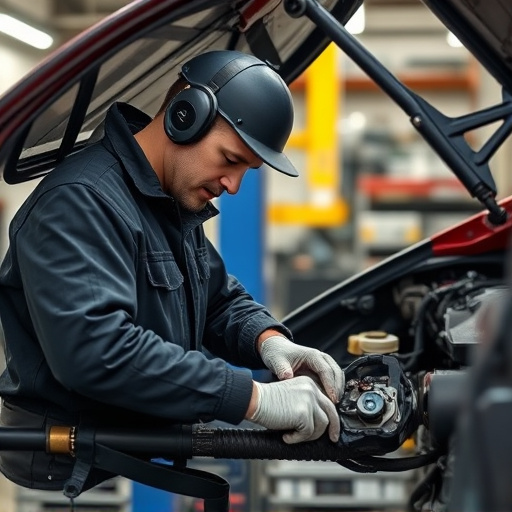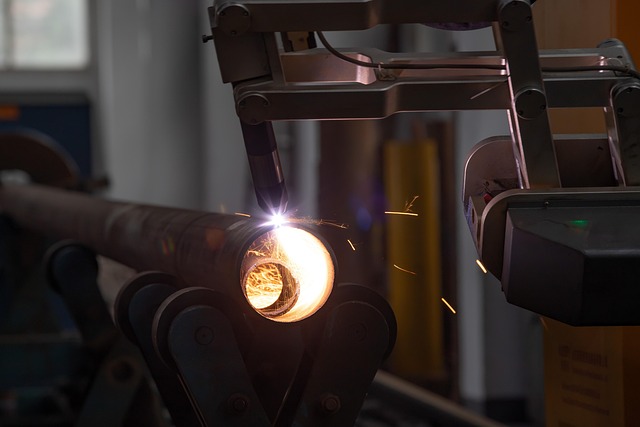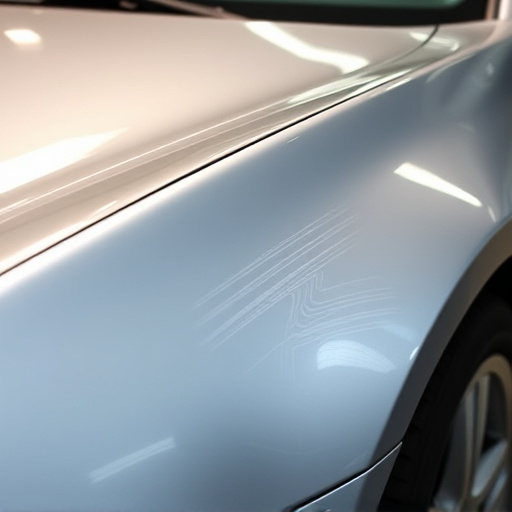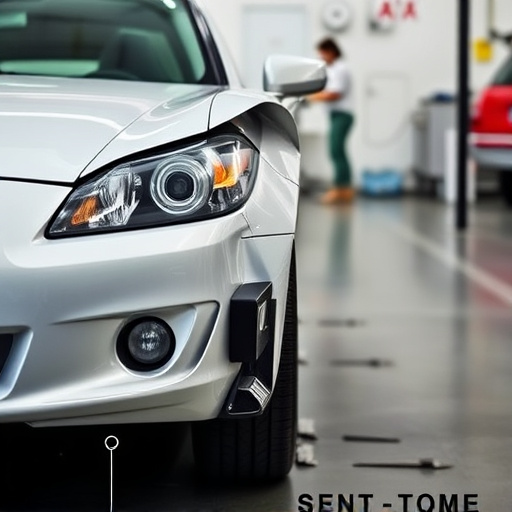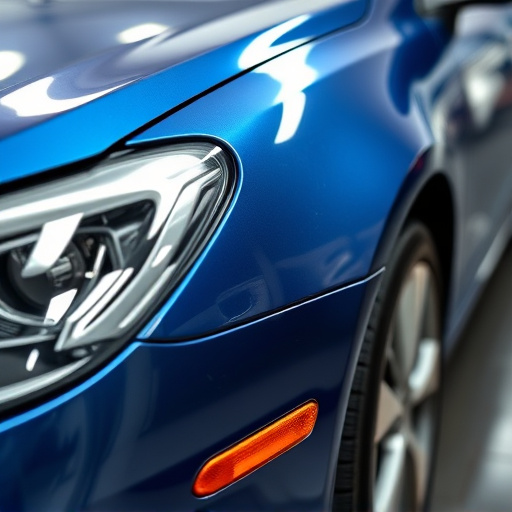Crash events pose significant risks to modern vehicles' intricate electronic diagnostics and control modules, potentially causing internal failures and data corruption. Repairs demand specialized tools and expertise to meticulously inspect, diagnose, and restore these systems to pre-collision conditions, ensuring safe and reliable vehicle operation.
In today’s digital age, vehicles are packed with sophisticated electronic diagnostics that control every aspect from engine performance to safety features. When a collision occurs, these intricate systems can be severely impacted. This article delves into the effects of collisions on vehicle electronics and control modules, exploring how they fail, the repair process, and best practices for restoration. Understanding electronic diagnostics and their vulnerabilities is crucial in navigating the aftermath of an accident.
- Understanding Electronic Diagnostics in Vehicles
- Impact of Collision on Control Modules
- Repair and Restoration Process After Collisions
Understanding Electronic Diagnostics in Vehicles
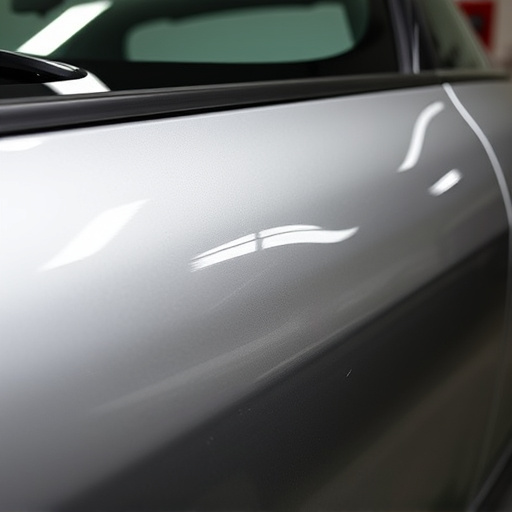
In modern vehicles, electronic diagnostics play a pivotal role in ensuring safety and optimal performance. These diagnostic systems are an intricate web of sensors, control modules, and microprocessors that monitor various parameters within the vehicle. During a collision, these electronics can be significantly impacted, potentially affecting not just the car’s operational capabilities but also its safety features. Understanding how electronic diagnostics function is crucial to comprehending the challenges posed by collisions.
When a collision occurs, forces are transmitted through the vehicle’s structure and can cause disruptions in the delicate network of electronic components. Sensors designed to detect speed, acceleration, and impact may malfunction or transmit incorrect data. Control modules responsible for deploying airbags, locking brakes, and managing engine performance could experience glitches or permanent damage. Even seemingly minor collisions can disrupt these systems, leading to issues ranging from inaccurate readings to complete failures in critical safety mechanisms. Auto glass repair, car bodywork, and Mercedes Benz collision repair experts emphasize the need for specialized knowledge and advanced tools to accurately assess and rectify electronic diagnostics after a collision.
Impact of Collision on Control Modules
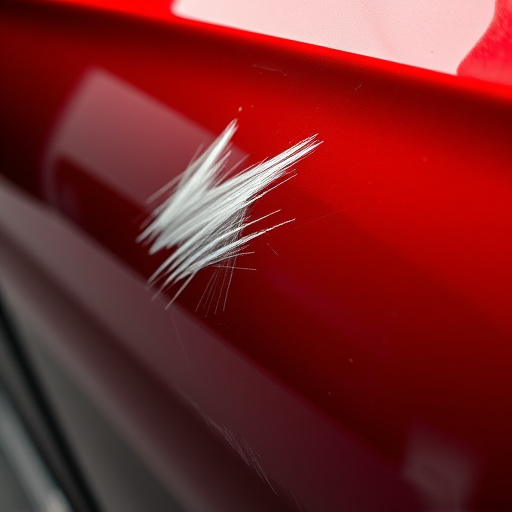
In the event of a collision, the impact can cause significant damage to a vehicle’s electronic diagnostics and control modules. These delicate components, responsible for managing various systems like engine performance, braking, and safety features, are highly susceptible to disruption during an accident. The force exerted on the vehicle during a crash can lead to internal component failure or misalignment, affecting the accuracy of data transmission and overall system functionality.
Automotive body shops often encounter challenges in repairing these modules due to their intricate nature. While some minor scratches or dents might be easily reparable at an auto repair near me, more severe collisions could necessitate replacement. The process of diagnosing and replacing control modules requires specialized tools and expertise to ensure the vehicle’s electronic systems operate reliably post-collision.
Repair and Restoration Process After Collisions

After a collision, the repair and restoration process involves meticulous steps to ensure vehicle safety and functionality, particularly when it comes to electronic diagnostics. The first step is a thorough inspection of all control modules, sensors, and wiring harnesses for any damage or loose connections. Advanced diagnostic tools are employed to check the performance and integrity of these components, as even minor impacts can cause internal damage or data corruption.
Accurate identification of issues is crucial for effective vehicle restoration. This process may include replacing damaged parts, reprogramming control modules, and re-calibrating sensors. Vehicle paint repair techniques are also a critical aspect, ensuring the aesthetic appeal and structural integrity of the vehicle. The ultimate goal is to restore the vehicle to its pre-collision condition, with all electronic systems functioning seamlessly, thereby enhancing safety and reliability on the road.
In understanding how collision impacts vehicle electronics, it’s clear that proper diagnostic evaluation and repair are essential for ensuring safe and reliable operation. Electronic diagnostics play a crucial role in modern vehicles, controlling various functions from engine performance to braking and safety systems. A collision can cause significant damage to these control modules, requiring meticulous repair or restoration to maintain optimal performance and prevent future issues. By leveraging advanced technologies and adhering to strict standards during the repair process, technicians can effectively mitigate the effects of a collision, preserving the intricate tapestry of vehicle electronics.


